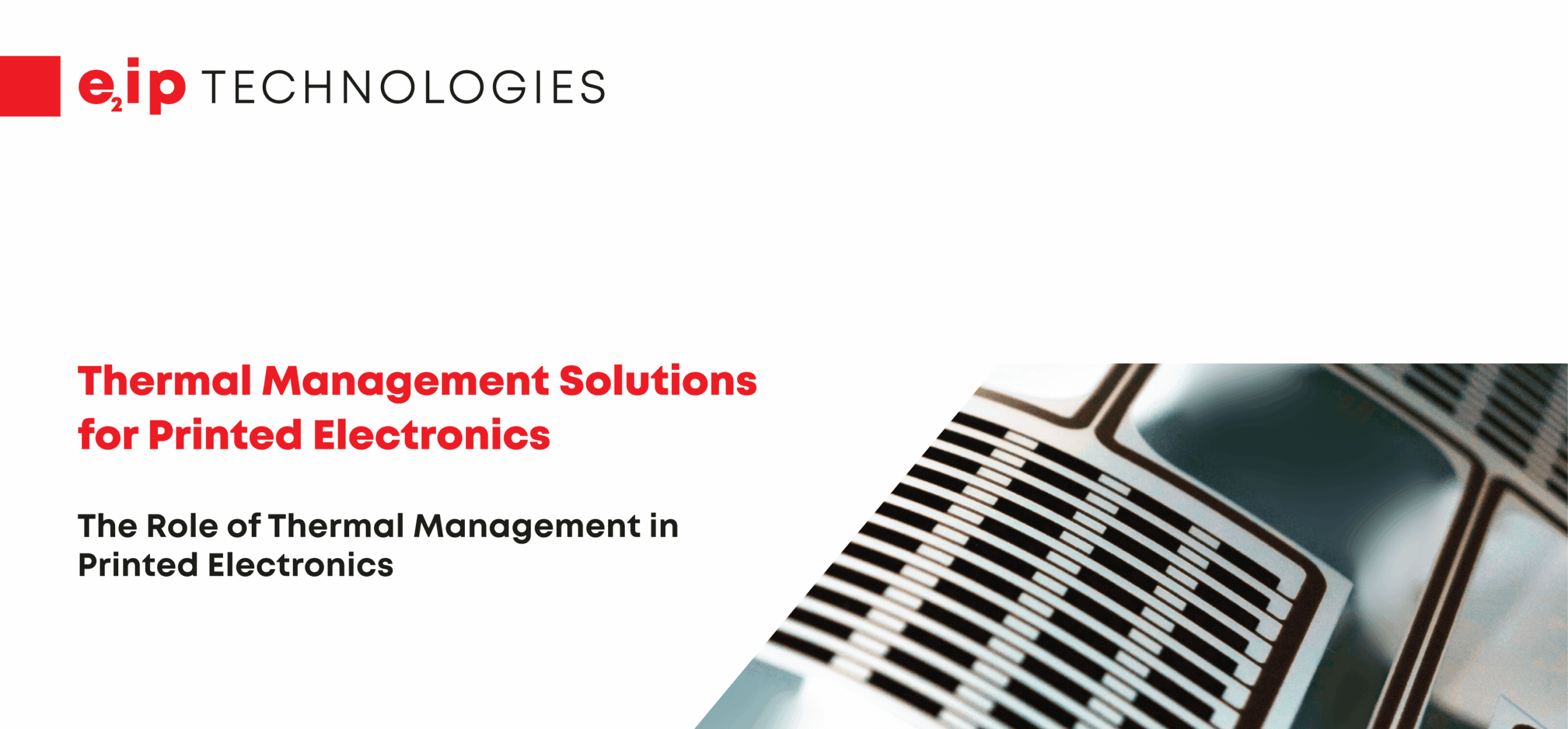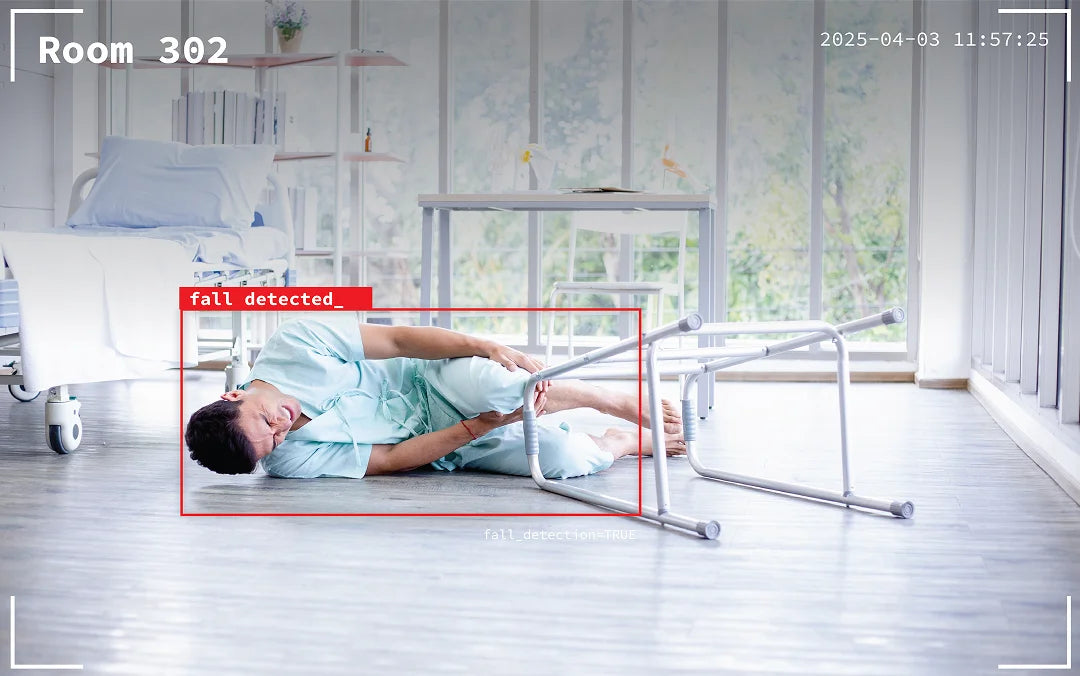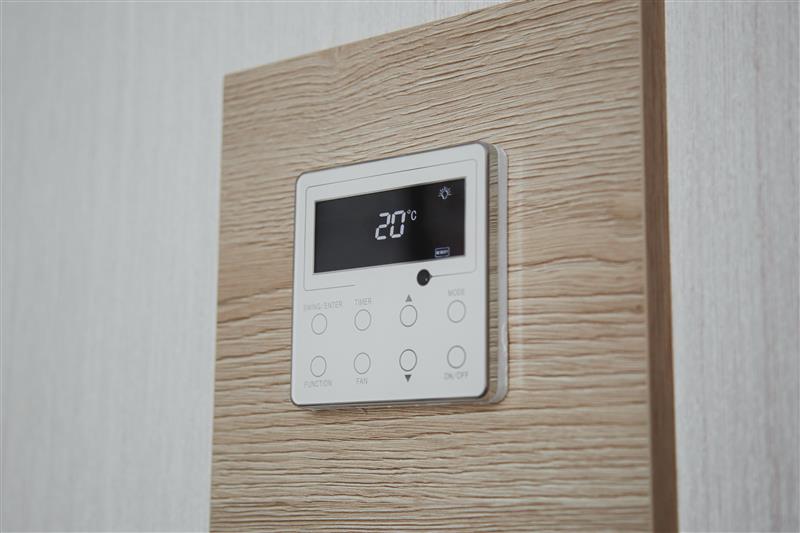At e2ip, our expertise in crafting intuitive user interfaces positions us as leaders in navigating the complexities of switching technologies. With this guide, we delve deeper into the nuances of user interface options, providing you with the knowledge needed to select solutions that not only meet but exceed your business objectives. By focusing on innovation and customization, we aim to enhance your operational efficiency and user satisfaction, ensuring your investment in technology drives tangible results.
Understanding Switch Technologies
Switches and other input solutions have revolutionized how we interact with devices. As the applications for these technologies have increased, so too have the types of switches. From resistive touch and capacitive touch to tactile membranes and beyond, each solution offers distinct features that shape user experiences.
Factors Influencing User Interface Selection
The success of your product and the quality of the user experience hinges on selecting the right technology. Touch type, tactile feedback, size, accuracy, resolution, response time, clarity, life expectancy, resistance, and ergonomics all play a role.
Evaluating Different Interface Technologies
Here we’ll dive into the specific attributes of some of the most widely used user interface technologies.
Resistive Touch Technology
Resistive touch screens use layers of conductive and resistive metallic materials. When pressure is applied to the glass panel, these layers connect to determine touch points. This technology offers affordability and resistance to surface contaminants, making it suitable for various environments.
Its simple construction allows for touch activation with any number of rigid input devices or sources, from fingers to gloves, to styluses and more. Despite their cost-effectiveness, resistive touch surface switches exhibit a moderate level of image clarity—typically around 70% to 85%.
Capacitive Touch Technology
Capacitive screens rely on measuring disruptions in electrical current caused by touch. Transparent electrodes are placed on a glass substrate to detect touch points. These screen surfaces provide high image clarity, scratch resistance, and responsiveness to conductive objects, which is why we have made a point to leverage this technology in the creation of our various capacitive touch interface solutions.
A capacitive touchscreen can be operated using a human skin touch or a stylus holding an electrical charge. They offer excellent clarity with light transmission averaging at 80% or above.
Tactile Membrane Switches
Tactile membrane switches are renowned for their seamless integration as Human Machine Interfaces (HMIs). They embody a harmonious blend of functionality and flexibility. Featuring a simple yet highly customizable design, these switches comprise a circuit layer, a spacer layer, and pressure-sensitive adhesives, all encapsulated between a durable base and a protective top layer. Membrane switches are particularly well-suited for environments where durability, portability, ease of cleaning, and sanitation are important. With sharp tactile feedback, they also offer an unmatched user experience, making them ideal for applications requiring intuitive operation and reliable performance.
Smart Structural Surfaces™
Smart Structural Surfaces™, integrate in-mold electronics (IME) with intuitive designs to create sleek interfaces that enhance the user experience. Providing greater design freedom than other user interface options, they also offer improved reliability, and enhanced touch performance. This cutting-edge technology allows for the creation of smart, curved, and freeform surfaces that blend beautifully into their environment.
Smart Structural Surfaces™ are a major step forward in smart HMI technology that is driving the future of user experience and opening doors to unprecedented possibilities.
Tailoring User Interface Selection to Business Needs
Selecting the right user interface technology involves aligning it with specific business applications. Different industries, such as industrial, aerospace, medical, and control systems, each have unique requirements.
Factors like the environment, user interaction patterns, and deployment conditions significantly impact user interface and switch selection. When it comes to making switch technology decisions for your business, seeking out advice from our experts ensures your solution is tailored to your needs.
Creating the User Interfaces of the Future
The world of switch technologies is full of options for different business needs. By choosing the right switches and interfaces, companies can improve user experiences and productivity.
As technology continues to develop and permeate the modern business landscape, having effective means of interacting with the devices and machines we use becomes all the more important. Our team here at e2ip is committed to providing businesses with the solutions they need to thrive, whether it’s a switch solution, one of our Smart Structural Surfaces™, or any technology in our offering. Contact us today to learn more!



